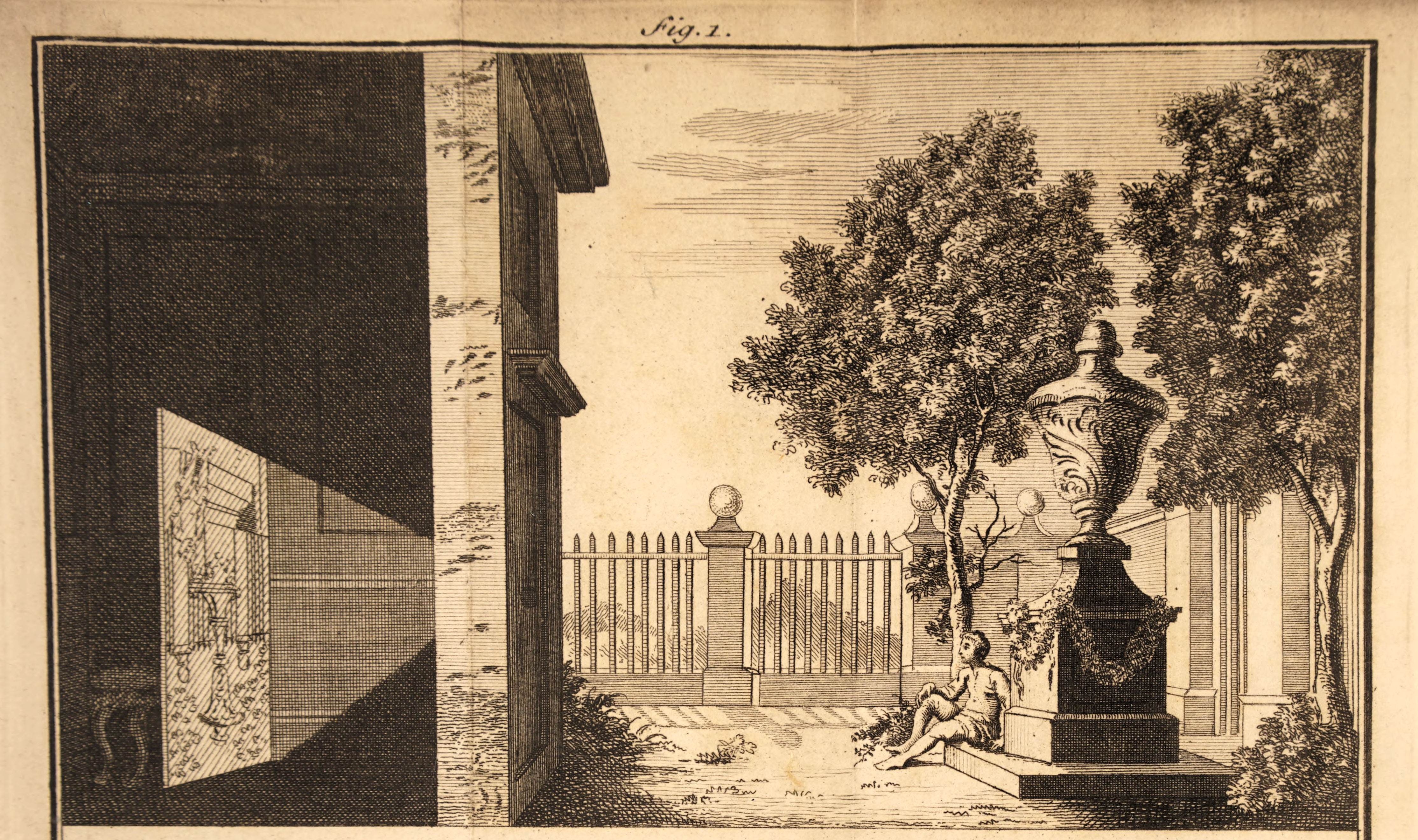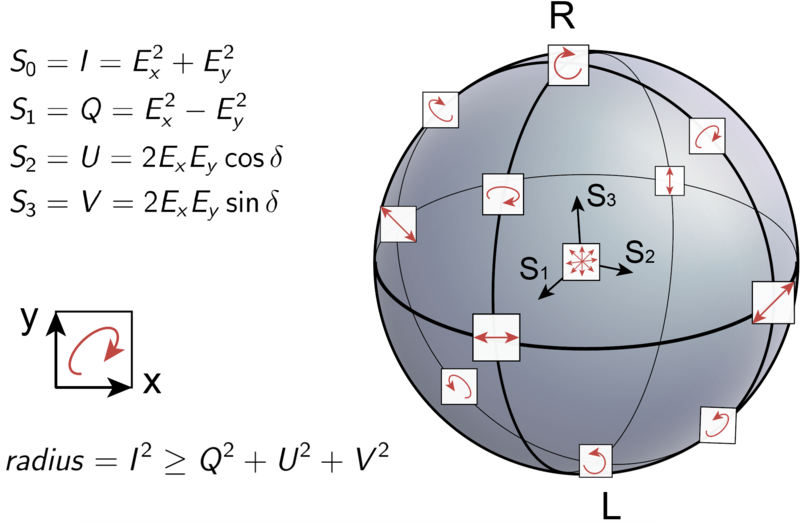Often just called collimated light due to the collimator being the main procedure to obtain it.
However, you move very far away from the source, e.g. the Sun, you also get essentially parallel light.
The most important type of lens is the biconvex spherical lens.
Each side is a sphere section. They don't have to have the same radius, they are still simple to understand with different radiuses.
The two things you have to have in mind that this does are:
- This is for example why you can use lenses to burn things with Sun rays, which are basically parallel.Conversely, if the input is a point light source at the focal length, it gets converted into parallel light.
- image formation: it converges all rays coming from a given source point to a single point image. This amplifies the signal, and forms an image at a plane.The source image can be far away, and the virtual image can be close to the lens. This is exactly what we need for a camera.
If you pass parallel light.
Carl Zeiss, Explained by Asianometry (2021)
Source. Silicon Photonics: The Next Silicon Revolution? by Asianometry (2022)
Source. - youtu.be/29aTqLvRia8?t=714 GlobalFoundries seems to be one of the leaders at the time. E.g. quantum computing company PsiQuantum uses them. Part of this was from acquiring IBM's microelectronics division in 2014.
- youtu.be/t0yj4hBDUsc?t=566 mentions the paper Deep learning with coherent nanophotonic circuits
Running Neural Networks on Meshes of Light by Asianometry (2022)
Source. - youtu.be/t0yj4hBDUsc?t=440 block diagram
- youtu.be/t0yj4hBDUsc?t=456 Lightmatter lightmatter.co/ seems to be using an in-silicon Mach-Zehnder interferometer to do analog matrix multiplication with light. It is an actual analog computer element!
Silicon Photonics for Extreme Computing by Keren Bergman (2017)
Source. - www.forbes.com/councils/forbestechcouncil/2024/09/10/optical-computing-what-it-is-and-why-it-matters/ Optical Computing: What It Is, And Why It Matters (2024) by the CEO of NTT. Cites Deep learning with coherent nanophotonic circuits as a major influence in the field, which is cool.
Paper by the team that went on to found Lightmatter.
Funding:
Funding:
Homepage: www.fluxcomputing.com/
It was founded by some of the authors of the influential paper Deep learning with coherent nanophotonic circuits.
Presented e.g. at youtu.be/t0yj4hBDUsc?t=456 from Video "Silicon Photonics: The Next Silicon Revolution? by Asianometry (2022)".
Bibliography:
Funding:
- 2023: 1.1m pounds www.uktech.news/deep-tech/lumai-grant-20230215
The knowledge that light is polarized precedes the knowledge of the existence of the photon, see polarization of light for the classical point of view.
The polarization state and how it can be decomposed into different modes can be well visualized with the Poincaré sphere.
One key idea about photon polarization is that it carries angular momentum. Therefore, when an electron changes orbitals in the Schrödinger equation solution for the hydrogen atom, the angular momentum (as well as energy) change is carried out by the polarization of the photon!
- clear animations showing how two circular polarizations can make a vertical polarization
- a polarizer can be modelled bra operator.
- light polarization experiments are extremely direct evidence of quantum superposition. Individual photons must be on both L and R states at the same time because a V filter passes half of either L or R single photons, but it passes all L + R photons
This section discusses the pre-photon understanding of the polarization of light. For the photon one see: photon polarization.
People were a bit confused when experiments started to show that light might be polarized. How could a wave that propages through a 3D homgenous material like luminiferous aether have polarization?? Light would presumably be understood to be analogous to a sound wave in 3D medium, which cannot have polarization. This was before Maxwell's equations, in the early 19th century, so there was no way to know.
A device that modifies photon polarization.
As mentioned at Video "Quantum Mechanics 9b - Photon Spin and Schrodinger's Cat II by ViaScience (2013)", it can be modelled as a bra.
Good overgrown section in the middle of Fresnel's biography: en.wikipedia.org/w/index.php?title=Augustin-Jean_Fresnel&oldid=1064236740#Historical_context:_From_Newton_to_Biot.
Particularly cool is to see how Fresnel fully understood that light is somehow polarized, even though he did not know that it was made out of electromagnetism, clear indication of which only came with the Faraday effect in 1845.
spie.org/publications/fg05_p03_maluss_law:
At the beginning of the nineteenth century the only known way to generate polarized light was with a calcite crystal. In 1808, using a calcite crystal, Malus discovered that natural incident light became polarized when it was reflected by a glass surface, and that the light reflected close to an angle of incidence of 57° could be extinguished when viewed through the crystal. He then proposed that natural light consisted of the s- and p-polarizations, which were perpendicular to each other.
Matches the quantum superposition probability proportional to the square law. Poor Étienne-Louis Malus, who died so much before this was found.
In it, each of the six sides has a clear and simple to understand photon polarization state, either of:
The sphere clearly suggests for example that a rotational or diagonal polarizations are the combination of left/right with the correct phase. This is clearly explained at: Video "Quantum Mechanics 9b - Photon Spin and Schrodinger's Cat II by ViaScience (2013)".
An optical multiplexer!
Fabry Perot Interferometer by JFC UCL (2016)
Source. Description only, reasonable animations. Considers the case of two nearby beam splitters.Fabry-Perot Introduction by Williams College Physics (2020)
Source. Shows a working device. Confocal optical cavity, one of the mirrors scans back and forward moved by a piezoelectric motor, this is called a "scanning Fabry-Perot interferometer".
Does not produce an interference pattern, only an on/off blob, which is then fed into an oscilloscope for analysis. The oscilloscope shows both the mirror displacement (which is given by a voltage) and the light detector output.
The Story of Light by Bell Labs (2015)
Source. A ultra quick and Bell Labs focused overview of the development of optical fibre.The breadboard of photonics!
For example, that is how most modern microscopes are prototyped, see for example Video "Two Photon Microscopy by Nemonic NeuroNex (2019)".
This is kind of why they are also sometimes called "optical breadboarbds", since breadboards are what we use for early prototyping in electronics. Wikipedia however says "optical breadboard" is a simpler and cheaper type of optical table with less/no stabilization.
Articles by others on the same topic
Optics is the branch of physics that focuses on the study of light and its interactions with matter. It encompasses the behavior of light in various mediums, including reflection, refraction, diffraction, and polarization. There are two main branches of optics: 1. **Geometric Optics**: This branch deals with the approximation of light as rays. It studies how light travels in straight lines, how it interacts with lenses and mirrors, and how images are formed by optical systems.



